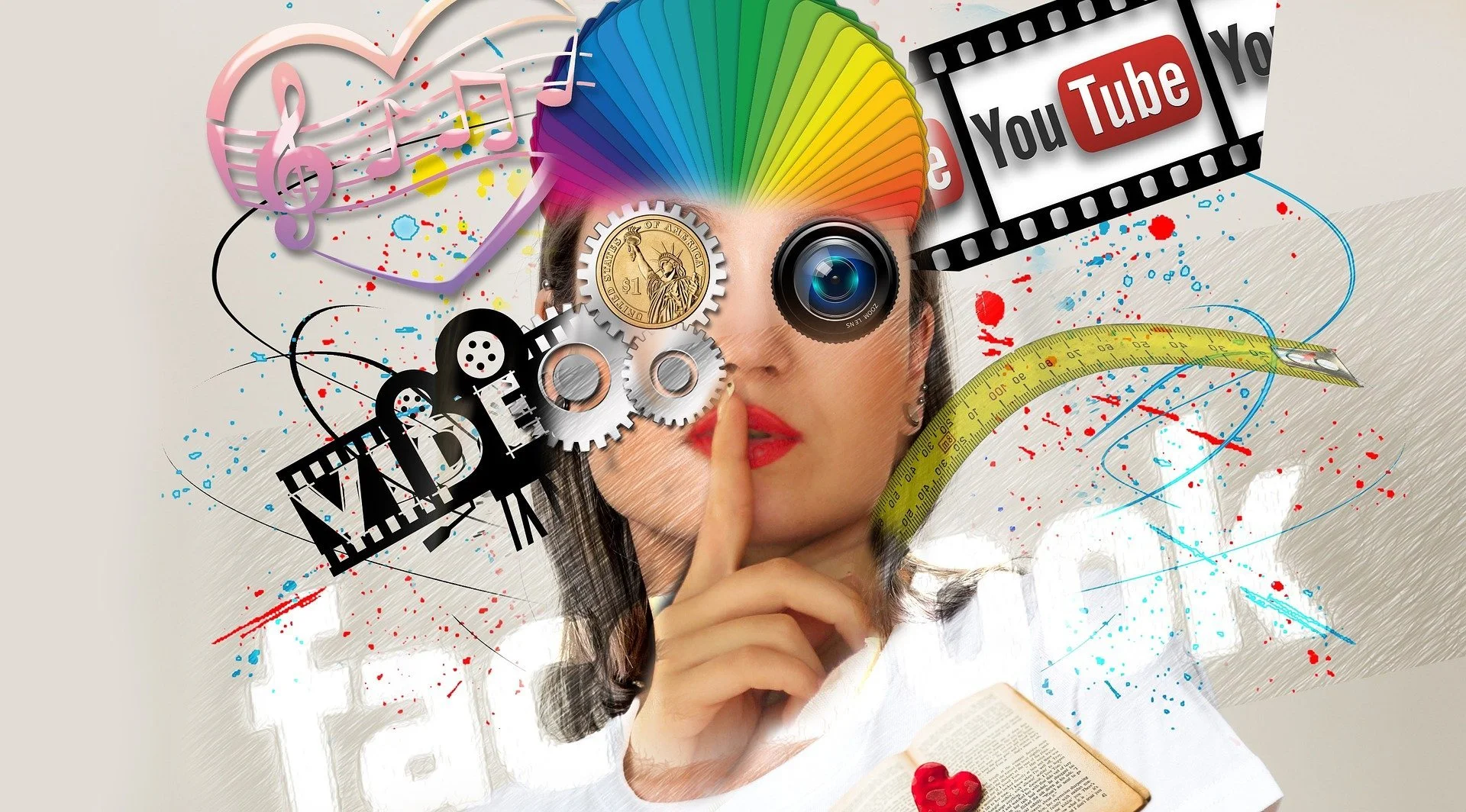
Social Cognitive Theory (SCT)
Confidence Building | Awareness
SCT, is the premise that learning happens in social contexts. It is the interplay between a person; their environment, and behavior (LaMorte, 2018).
We serve as contributors to our own motivation, behavior, and its developed by a reciprocally interacting influences.
Social learning
Attention
Retention
Behavior
Motivation
Productivity
Motivation Using Goals
Social cognitive theory suggests goals influence people's cognitive and emotional reactions to performance outcomes because goals indicate the requirements for personal success.
Goals gain motivating power through self-evaluative and self-efficacy mechanisms that are activated by cognitive comparison. (change your perception or approach to anything)
It can improve an individual's cognitive well-being and accomplishments in several ways. (Taking ownership)
They provide an individual with a sense of direction and purpose.(Learning more about yourself)
Successfully completing a goal increases an individual's self-beliefs in their capabilities.
Bandura links this effect with the increase interest in what an individual is doing and the increase in self-satisfaction.
Motivation through goals provide an ongoing source of self-efficacy, interest, and satisfaction.
Mass media
Television reality shows can manipulate abstract portrayals of human nature, social relations, and the norms and the structure of society.
Social cognitive theory states that humans can learn by observing how other people behave.
In research about mass media, the social cognitive theory is referenced as a framework that might explain certain behaviors and influences from media effects.
In one study, researchers argued that the positive correlation between television viewing and the initiation of youth smoking was a result of the rarity with which television portrays the negative consequences of smoking.
In another study, researchers theorized that the positive relationship between exposure to women's magazine and women's drive for thinness is a function of the tendency for women's magazines to link thinness to positive consequences, thus engendering extrinsic motivation for dietary behavior.
There are also studies that reference social cognitive theory to explain the possible effects of mass media regarding race and gender.
Though these studies did not test social cognitive theory directly, but instead drew from its concepts to assume how it would explain the effect acknowledged in their study.
Self-efficacy
Psychologists use the term self-efficacy to describe beliefs about one's ability to accomplish particular tasks. Individuals with higher self-efficacy are more confident in their abilities to accomplish a given task. It is often associated with greater decision making strategies, quick recovery from a setback, and a stronger sense of commitment to their interests and activities. According to studies (Bandura), there are four major sources of self-efficacy:
Mastery experiences
Social modeling
Social persuasion
Psychological responses
Bandura explains that the most effective way of developing a strong sense of self-efficacy is through mastery experiences. Successfully completing a task strengthens our sense of self-efficacy. However, failing to adequately complete a challenge can undermine and weaken self-efficacy. Social modeling is the act of witnessing other people successfully completing a task. The second influential way of creating and strengthening self-efficacy beliefs is through vicarious experiences provided by social models. Bandura suggests that watching people similar to oneself succeed with sustained effort raises the observers' beliefs that they also have the ability to master similar activities to succeed.
What were your Bad Habits?



